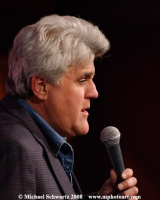Q: How can I get my client with Down syndrome (DS) to keep her tongue inside the mouth during speech? A client with Down syndrome has low tone, dysarthria, and lack of oral stability. The oral mechanism is supposed to be stabilized in a certain way during speech. The jaw should move up-and-down in a very small restricted range that is high, and the tongue should anchor its movements in the back against the back lateral teeth or palate. Children…
Down Syndrome: Keeping The Tongue Inside
By Pam Marshalla


